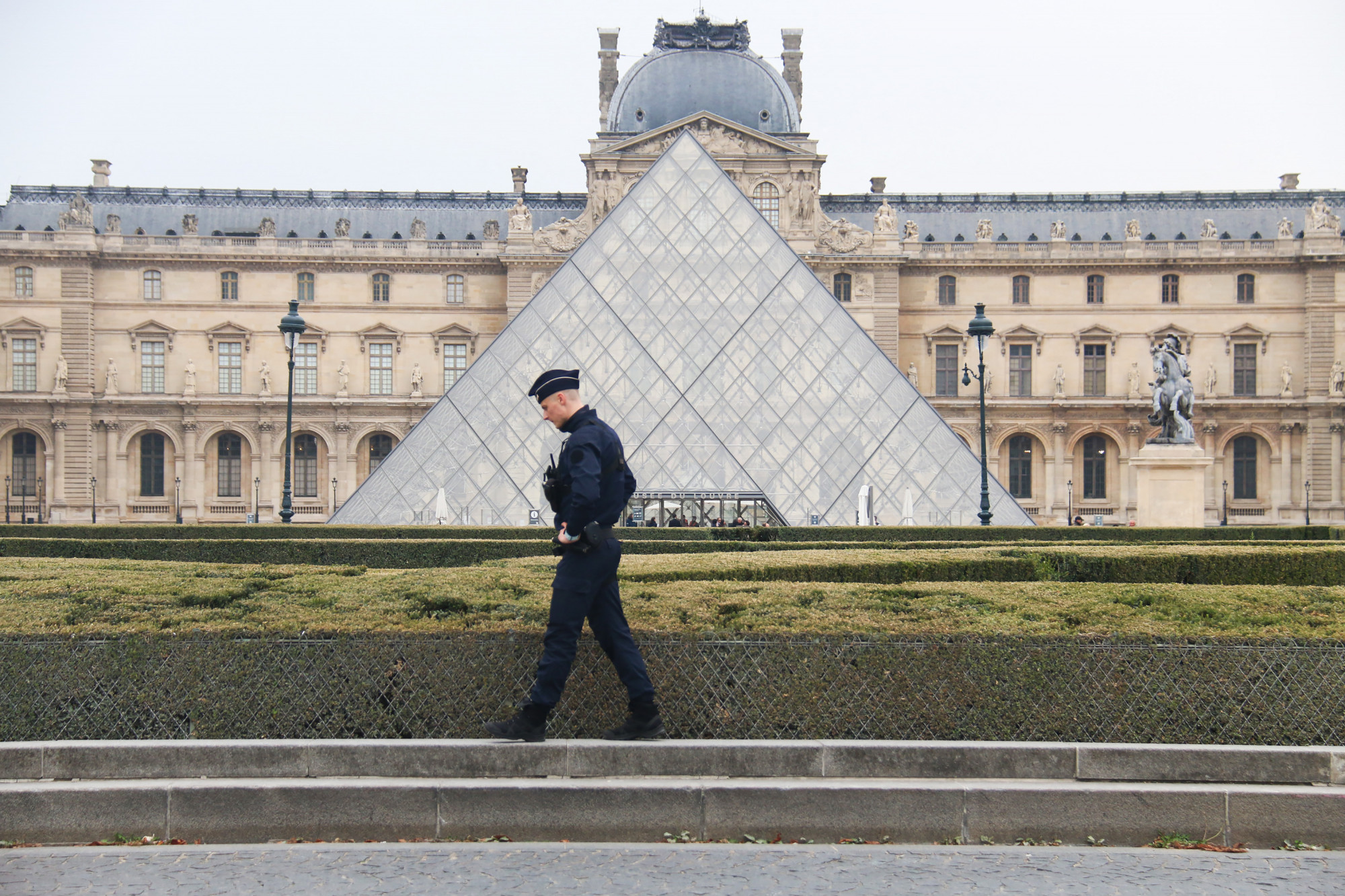
The Louvre, perhaps the world's most famous museum, did not reopen on Monday as the site search for clues is still ongoing. the Sunday morning movie-worthy crown jewel robbery Here are the latest news and interesting facts about one of the most daring art thefts of the decade, perhaps only rivaled by the theft of the Mona Lisa in 1911.
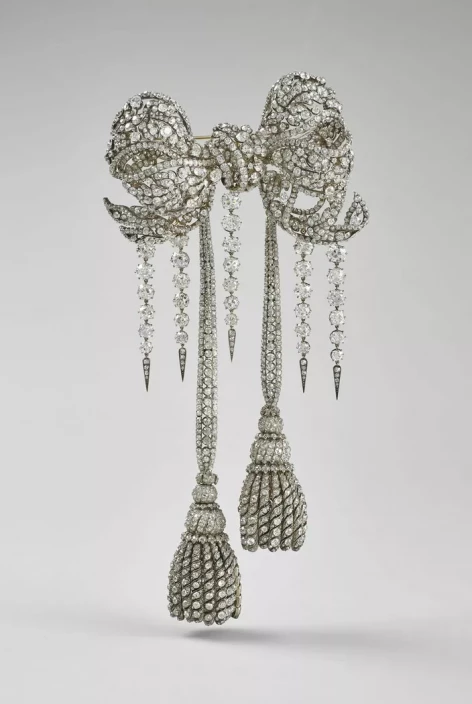
This time, it wasn't just one lone perpetrator at work, but four: two of them parked a crane truck next to the building, ran up the ladder to a second-floor balcony, and from there, using a screwdriver to break open the window, entered the treasury exhibition hall, where they broke into two glass display cases and stole 8 crown jewels, one of which they dropped on the way.
Climbing down the ladder, they quickly tried to set the crane vehicle on fire, then, after failing, they climbed behind their two accomplices waiting on a scooter and disappeared. All this on a Sunday, during opening hours, when the museum was packed with visitors and the area around the building was full of pedestrians.
Culture Minister Rachida Dati revealed on Monday that the two perpetrators spent a total of between 3 minutes 52 and 57 seconds inside the building. It was previously estimated that the entire operation, including climbing to the upper floor, breaking the window and leaving, may have lasted around 7 minutes.
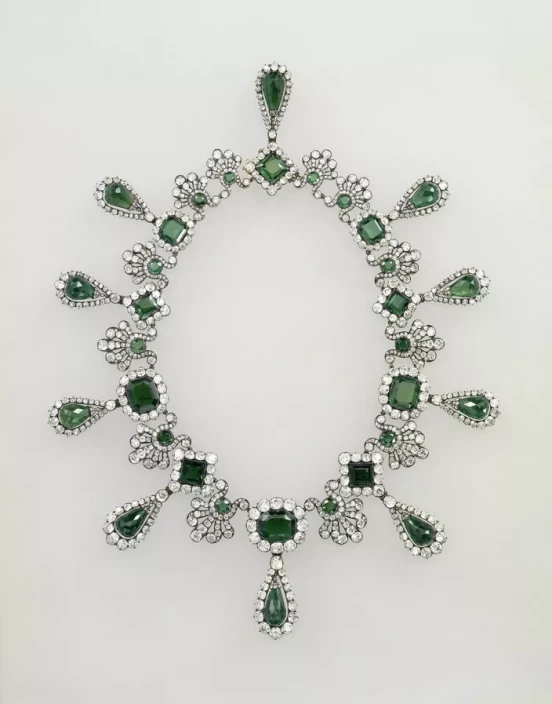
The parallels between the two cases are certainly real, as a series of missteps led to both. Although 114 years have passed, one thing has not changed: the French have done little to protect the world's most valuable and famous art treasures.
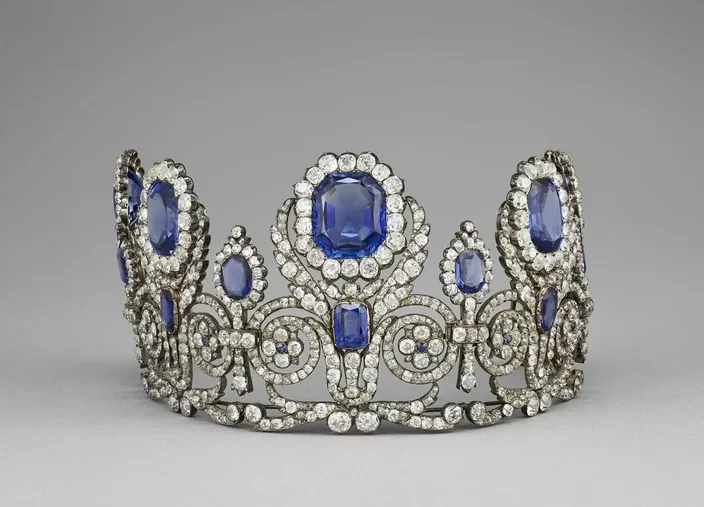
Vincenzo Peruggia, the museum's former cleaner and picture framer, simply put on a white coat on August 21, 1911, and walked through the unguarded service door where he had previously worked as a museum employee.
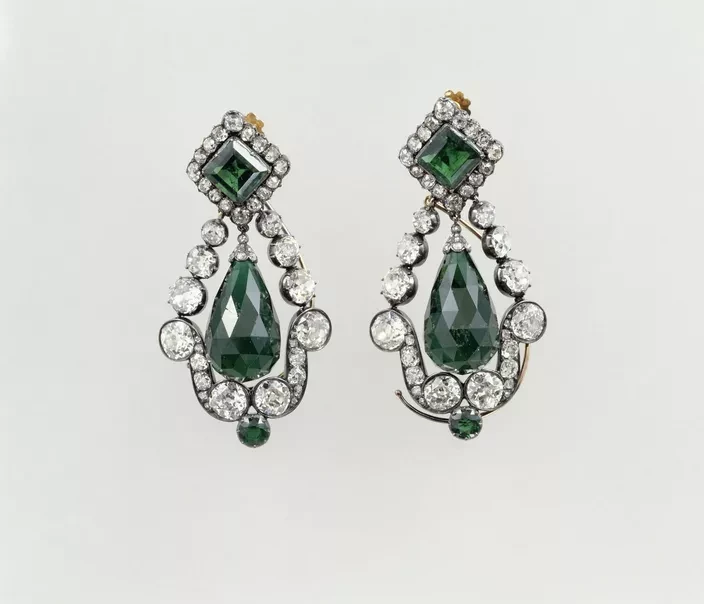
Two of the four perpetrators of the current robbery were able to take part of the French crown jewels from a room that was not equipped with a security camera, similar to that found in a last-minute convenience store, it was revealed on Monday. That's why no photos or video of the suspects were shown.

According to a report by the French Court of Auditors, completed in early 2025 but only now becoming public due to the scandal, the Louvre is systematically lagging behind in installing cameras, perhaps the most basic security equipment. Instead of covering the entire building with cameras, only rooms that have just been renovated are being equipped. For this reason, the rooms that house temporary exhibitions are 100 percent covered, but of the two wings that display the museum's unparalleled collection, 60 percent of the rooms in the Sully wing and 75 percent of the rooms in the Richelieu wing are without cameras at all.
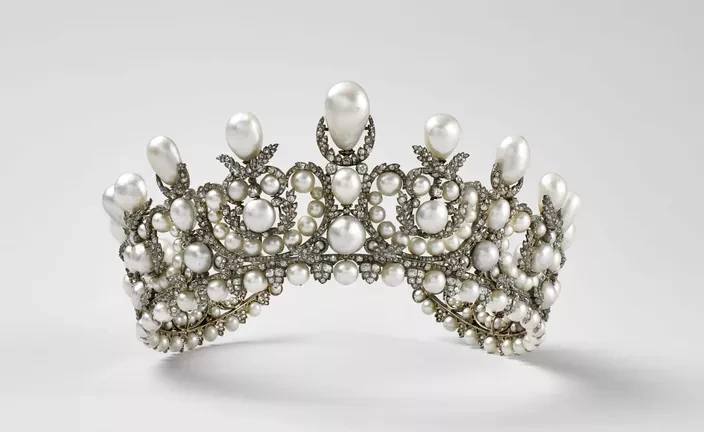
It has now been revealed that the two intruders were able to enter the room from the balcony so easily and quickly because the Louvre's windows are made of plain glass, not impact- and bullet-resistant material.
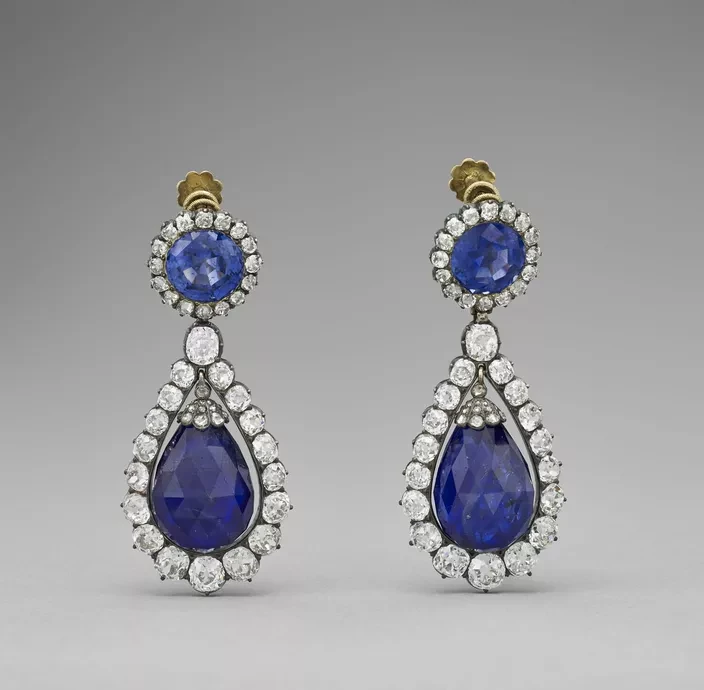
Culture Minister Rachida Dati explained in a TV interview on Monday morning that it didn't matter whether the glass was bulletproof or not, because the flex would have easily cut through it. However, according to the available literature, it is not possible to cut safety glass with flex at all, only with a special water jet cutter.
Dati also addressed why visitors did not hear an alarm and, if there was one, why the guards did not respond. According to the minister's version, the alarm is installed so that it does not sound in the exhibition space, only at the security service. And why did the guards not run there? Because according to the Louvre's procedures, the safety of visitors comes first, so in the event of an alarm, they must lead the crowd out of the building as soon as possible and close the doors behind them. If this is true, then the security protocol leaves the art treasures that need to be protected completely unprotected.
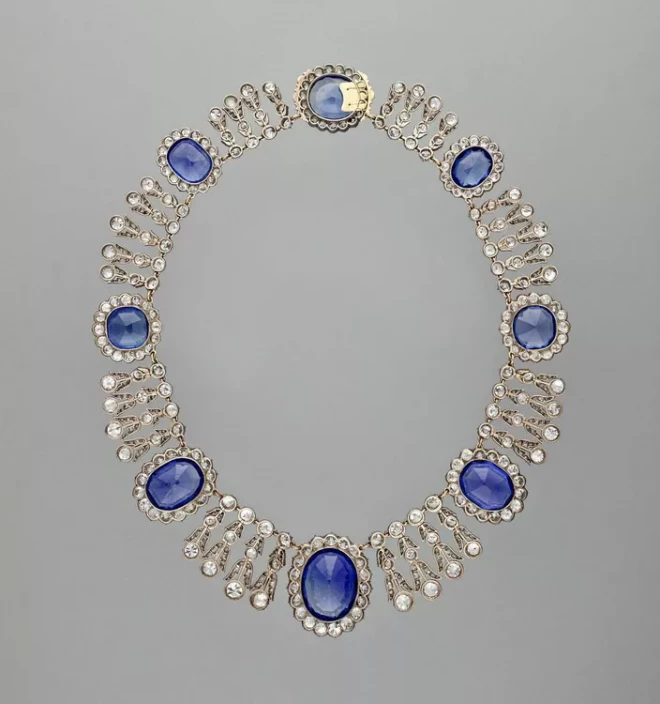
Dati is on the defensive for now, talking at length about how it takes time to build a good security system and that 400 kilometers of important cables have already been replaced.
In 1911, the French authorities took a similarly humorous approach to the pursuit of the Louvre robbers: they quickly arrested the completely innocent Picasso and Guillaume Apollinaire, while ignoring the curator who immediately compiled a list of those who had made the special glass case protecting the Mona Lisa, including the actual robber among the few names listed.
As a result, Vincenzo Peruggia was able to live free in Paris for 2 years, with the Mona Lisa hidden in a hole under his dining room table. The police visited him several times during this time, but they really didn't suspect him at all until he himself offered the painting to the Uffizi in Florence and was thus caught.

